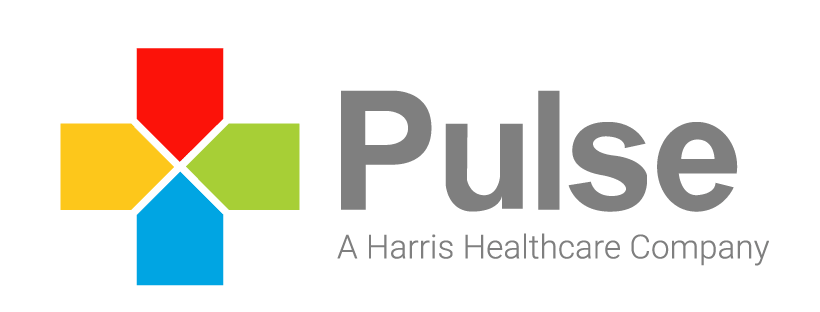Improving claims denial management and patient billing statements can help physician practices optimize their revenue cycle
In an era of increased financial challenges for hospitals and physician practices, it’s clear that revenue cycle management (RCM) remains one of the top challenges healthcare organizations face. When claims or patient billing statements are not accurate, patients’ frustration increases—and so do days in A/R, the average number of days it takes for an organization to be paid the amount due. Here are 6 ways to prevent denied claims and promote a healthier revenue cycle.
One Revenue Cycle Management Solution
Strive to rely on a single revenue cycle management platform by integrating mission-critical revenue cycle functions under one solution. Doing so will better enable your medical billing staff to optimize use of each key revenue cycle feature without disrupting your practice’s workflows—resulting in cleaner claims and improved financial health.
Patient Demographics and Copay
Entering in the correct patient demographics is the first important key to a clean claim. If the patient’s date of birth or insurance ID is added incorrectly, it immediately hinders your clean claim. And be sure to always collect your copay upfront at the time of service, this will guarantee your practice is not losing revenue. It’s also much easier to collect while the patient is in front of you.
Patient Statements
On your patient statements, include an easy-to-understand call-to-action that clearly displays the patient’s financial responsibility—including amount owed, date due, and options for payment—to encourage faster payment.
Medical Coding
If claims are not coded correctly, it will increase your denials as well as your days in A/R – claims scrubbing can play a big role by verifying that claims are correct before they are submitted to payers. This ensures your claims are accepted the first time, increasing your revenue.
Charge Entry
When entering in charges, accuracy and timing are key. The sooner you get the charge out the door, the sooner you get your reimbursement. Best practice is to get your charges submitted to the insurance companies within at least two (2) business days after the date of service (DOS).
Claim Rejections/Denials
Claim denials should be worked daily. Once the rejection or denial is fixed, you should get the claim out the door as soon as possible so that the payment comes more quickly. Waiting to work claim rejections or denials can increase your days in A/R, affect your practice’s revenue and possibly cause timely filing issues.
